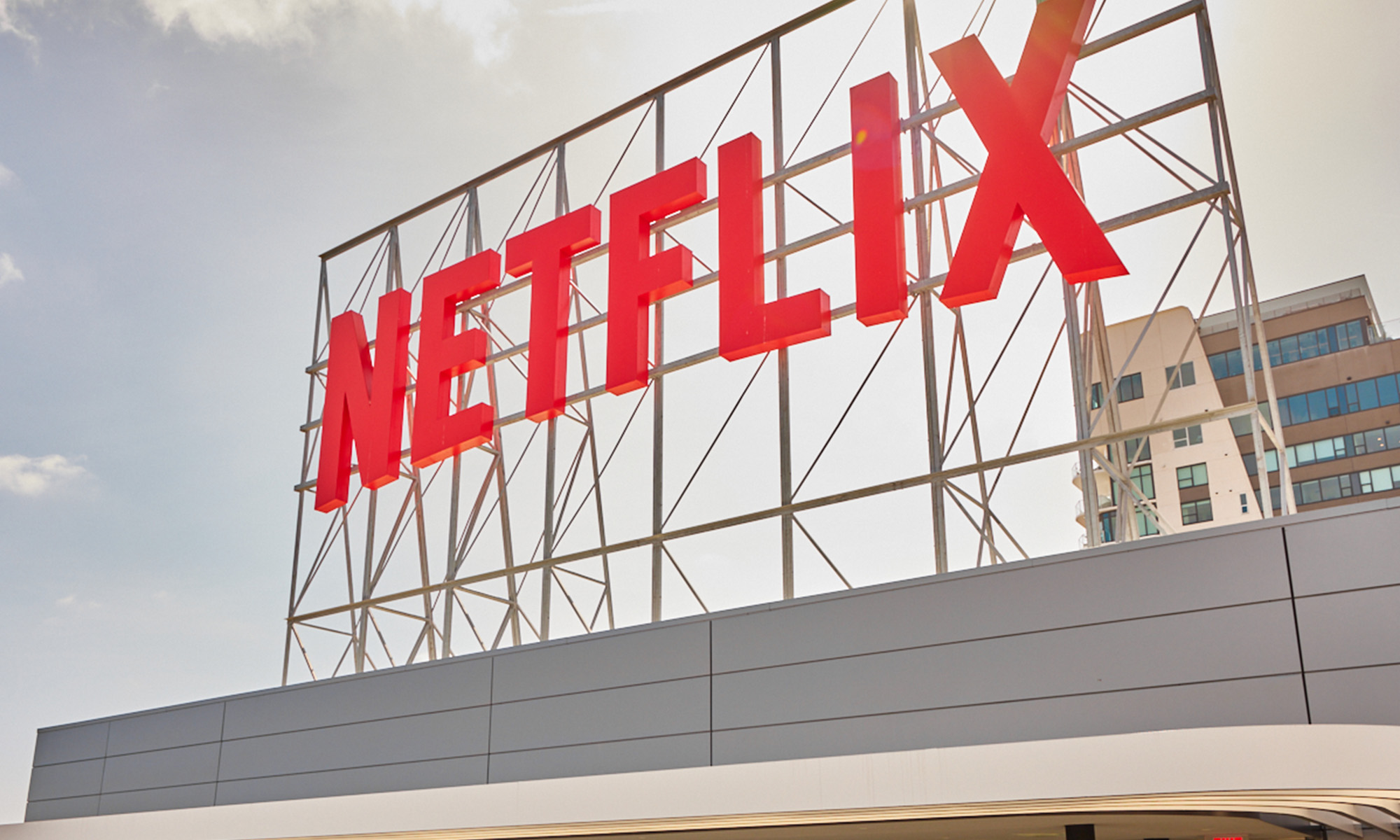For the better part of the last three years, artificial intelligence (AI) has been the talk of Wall Street. With the analysts at PwC forecasting a $15.7 trillion addressable opportunity for AI by the turn of the decade, it's not hard to see why investors have gravitated to this hyped technology.
But AI isn't the only trend responsible for lifting the tide on Wall Street. Investor euphoria surrounding stock splits in high-profile businesses has played an important role in fueling optimism.
A stock split is a tool on the proverbial toolbelt of public companies that allows them to cosmetically adjust their share price and outstanding share count by the same factor. These changes are superficial in the sense that they don't affect a company's market cap or in any way impact underlying operating performance.

Image source: Getty Images.
Though there are only two directions public companies can adjust their share price (up or down), Wall Street and investors view these two types of splits very differently. Reverse splits, which are designed to increase a company's share price, are often undertaken by struggling businesses that are attempting to avoid delisting from a major stock exchange. Normally, investors steer clear of companies enacting this type of split.
On the other hand, investors gravitate to businesses announcing and completing forward splits, which make shares more nominally affordable for investors who can't purchase fractional shares with their broker. Public companies whose share price has soared to the point where a forward split becomes necessary are typically doing something right from an operating and innovative standpoint.
To boot, forward stock-split stocks have, on average, crushed the benchmark S&P 500 in the return column in the 12 months following their announcement since 1980.
This year, a trio of non-tech companies have led the charge on the stock-split front, but there hasn't been a true blockbuster stock split announcement... until now.
Nontech stock-split stocks had been the talk of Wall Street until last week
Perhaps the most prominent nontech company that made its shares more nominally affordable for Wall Street in 2025 is auto parts supplier O'Reilly Automotive (ORLY 0.11%). O'Reilly was the first brand-name company to announce its intent to split in mid-March. However, it chose to allow its shareholders to vote on whether or not to move forward with its proposed 15-for-1 split (which they eventually approved), thereby delaying its implementation until June.

NASDAQ: ORLY
Key Data Points
O'Reilly has benefited from drivers holding onto their cars and light trucks longer than ever before, and has one of the most-enviable share-repurchase programs on Wall Street. Since initiating a buyback program in January 2011, an aggregate of $26.9 billion has been spent to retire 60% of the company's outstanding shares. This has had a positive long-term impact on O'Reilly's earnings per share.
The company that kicked things off from a stock-split completion standpoint in 2025 is wholesale construction and industrial supplies company Fastenal (FAST +1.76%). The 2-for-1 split Fastenal wrapped up in May marked the ninth time it's completed a split since going public in August 1987.
Aside from being a cyclical company that benefits from disproportionately long periods of economic growth, Fastenal has done a phenomenal job of integrating its internet-driven inventory solutions into the supply chains of critical industrial and construction companies.

NASDAQ: IBKR
Key Data Points
The third high-profile company that joined O'Reilly Automotive and Fastenal in the stock-split column is automated electronic brokerage firm Interactive Brokers Group (IBKR 2.89%). Interactive Brokers completed its first-ever split in June, which was of the 4-for-1 variety.
Interactive Brokers' consistent investments in automation have really begun to pay off. Being able to offer its clients a higher interest rate on the cash in their accounts, coupled with lower margin rates, when compared to other online brokers, has played a key role in boosting all of its key performance indicators by a double-digit percentage on a year-over-year basis.
While these are all large-cap/high-profile businesses within their sectors, they aren't blockbuster names on par with Nvidia or Broadcom, which both completed 10-for-1 respective forward splits in 2024. Wall Street and investors were waiting for a true blockbuster company to become the next stock-split stock -- and they just got it from streaming goliath Netflix (NFLX +0.63%).

Image source: Getty Images.
Netflix steps up to the plate as Wall Street's next blockbuster stock-split stock
Shortly after the end of regular trading hours on Thursday, Oct. 30, Netflix announced that its board of directors had approved a 10-for-1 forward split, which is set to take effect after the close of trading on Nov. 14. Based on where shares of Netflix are trading in the after-hours session following this Oct. 30 announcement, its forward split will lower its nominal share price to about $113 when trading opens up on Monday, Nov. 17.
This isn't Netflix's first rodeo when it comes to splitting its stock. It effected a 2-for-1 forward split in February 2004, less than two years after going public, and followed this up with a 7-for-1 forward split in July 2015. When its largest-ever split takes effect in roughly two weeks, an original share from its initial public offering will have multiplied into 140 shares.
Yet there's more to stock splits than just a high share price. For a board of directors to be incentivized to declare a split, there needs to be a large enough group of retail investors holding shares. Institutional investors aren't in need of a lower nominal share price to buy stock, which means the higher the retail investor ownership, the more likely it is for a forward split to take place.
As of Oct. 30, non-institutional ownership of Netflix stock was 20% on the nose -- and this figure has been inching up in recent quarters. It's fair to say that an $1,100 price tag for one share is pretty steep for an everyday investor who doesn't have access to fractional-share purchases with their broker.

NASDAQ: NFLX
Key Data Points
But the bigger theme here is that Netflix's well-defined competitive advantages are what spurred its blockbuster stock split.
Among publicly traded, large-scale streaming platforms, Netflix is the only one that's been profitable on a recurring basis for years. It's also put out more original content than any of its competitors. Original shows like Stranger Things and Squid Game have done a fantastic job of attracting new subscribers and retaining existing members.
Beyond on-screen innovation, Netflix has thought out of the box with its addition of ad-based subscription tiers. Providing cost-conscious consumers with the option of a cheaper monthly plan with ads has been something of a game-changer. Back in May, the company noted that 94 million of its monthly active users were in this ad tier, which is helping the company reach a larger swath of streamers.
Furthermore, the sizable expense Netflix paid to expand internationally is finally paying off. Backing out currency movements reveals 20% sales growth in Latin America in the latest quarter, 15% sales growth in Europe, the Middle East, and Africa, and a cool 20% revenue boost in the Asia-Pacific region. Sales growth of this magnitude will play a key role in pushing its free cash flow notably higher in the coming years.





